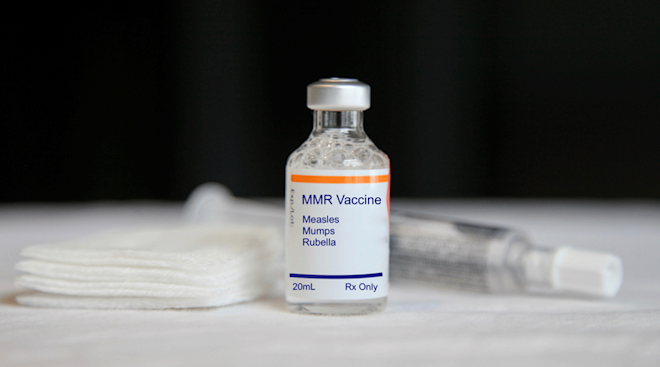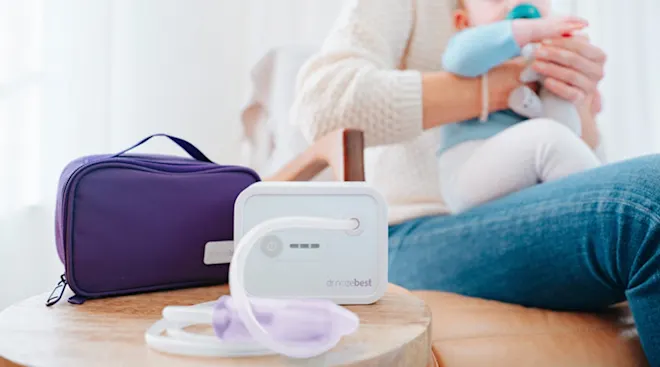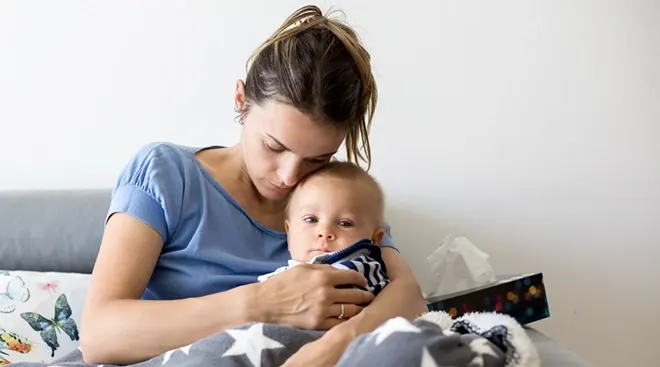Stomach Flu Cases Are on the Rise, CDC Data Shows
With January comes the return to school—and a whole host of new illnesses that inevitably spread through families. If you or someone you know has been battling a stubborn stomach bug lately, you’re not alone. Your family might be part of a growing outbreak of norovirus.
One of the most common causes of “the stomach bug” or “the stomach flu,” norovirus is a highly contagious virus that causes vomiting, diarrhea and stomach cramps. According to data from the Centers for Disease Control and Prevention (CDC), norovirus cases from August to December 2024 increased by 36.4% compared to the same period last year. During the week of December 5, 91 norovirus cases were reported, a jump from 69 the previous week. In comparison, prior years recorded a maximum of 65 cases during the same period.
A new strain of norovirus, GII.17[P17], may be partially to blame for the surge. Detected in nearly 70% of recent outbreaks, this strain appears to have displaced the dominant strain of the last decade, according to CaliciNet, the CDC’s public health laboratory network.
Experts suspect the rise in cases might stem from lower population immunity to the new strain. “It is too early to tell if this strain is associated with more severe norovirus disease but likely lower population immunity is the reason for the early surge,” Jan Vinjé, head of the CDC’s CaliciNet system, told CBS News.
For parents, this uptick in norovirus cases can mean more sleepless nights managing sick little ones or scrambling to find backup childcare. Although most cases resolve on their own, the virus is notorious for its ability to spread rapidly, often infecting entire households.
Here’s the good news: The same tried-and-true prevention methods still apply. Wash hands frequently with soap and water (hand sanitizer doesn’t cut it against norovirus), keep sick family members home and disinfect surfaces thoroughly after someone has been ill. The CDC also recommends waiting at least 48 hours after symptoms subside before returning to work or school to prevent further spread.
Not sure if your child’s stomach bug is norovirus or something else? Learn more about gastroenteritis symptoms, causes and when to consult a doctor.
Please note: The Bump and the materials and information it contains are not intended to, and do not constitute, medical or other health advice or diagnosis and should not be used as such. You should always consult with a qualified physician or health professional about your specific circumstances.
Navigate forward to interact with the calendar and select a date. Press the question mark key to get the keyboard shortcuts for changing dates.





















































